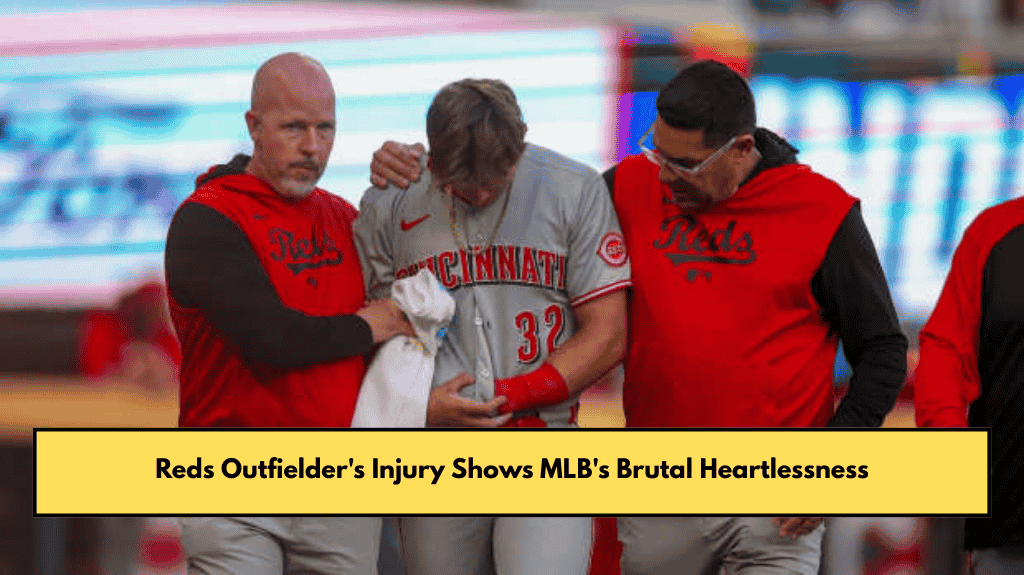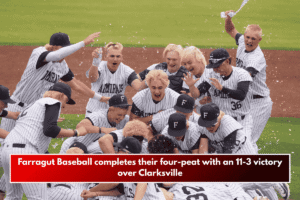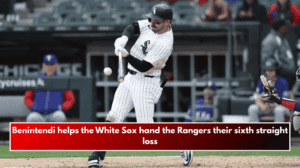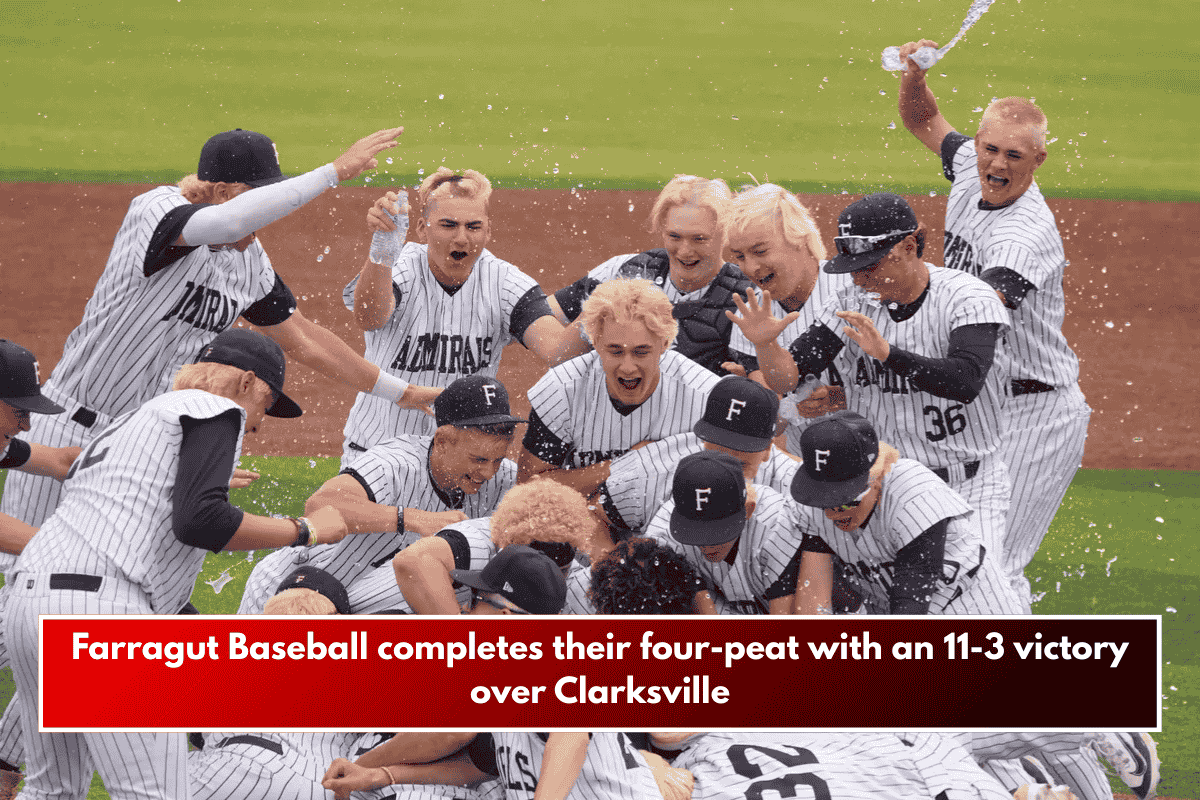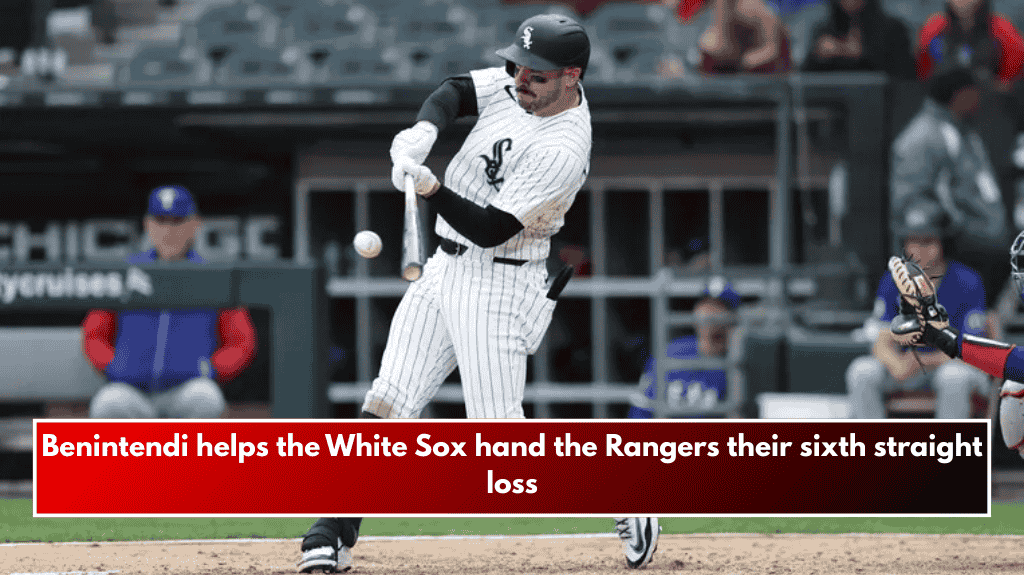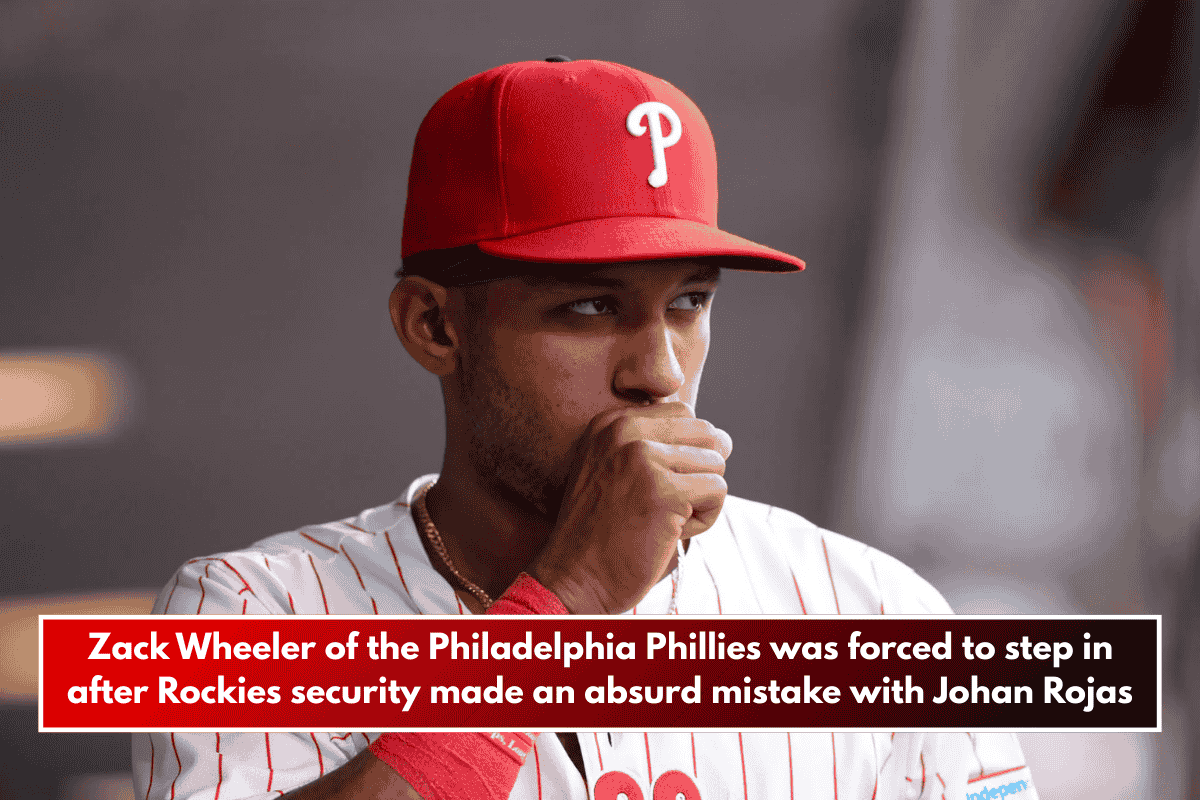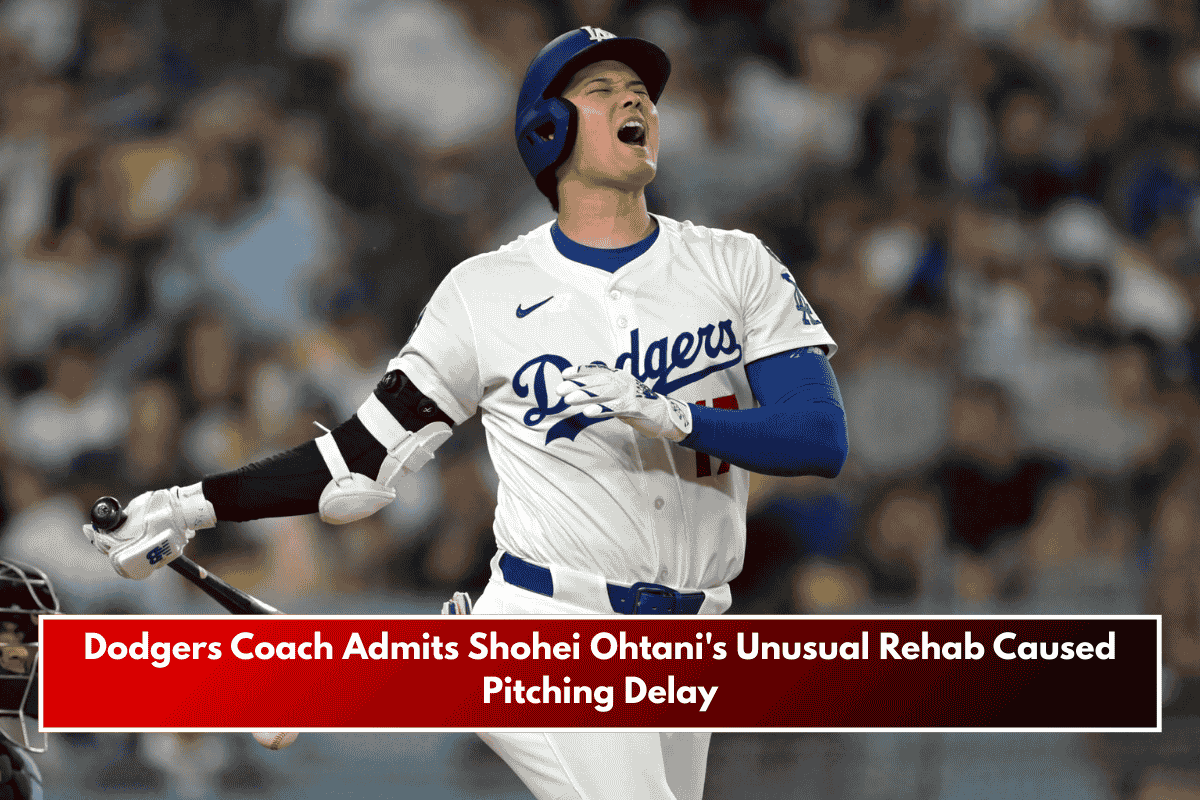Baseball can be cruel at times. It’s America’s pastime, and it truly represents the best of American culture…but the worst aspects of our society emerge from time to time.
Tyler Callihan’s path to Major League Baseball has not been straightforward or easy. In 2021, he missed the second half of the season due to a right elbow injury that necessitated Tommy John surgery.
In 2022, he was completely healthy but was involved in a car accident that slightly tore his UCL on his thumb, sidelining him for a few months. Then, last year, he broke a finger while attempting to lay down a bunt, and later that year, he collided with a wall, injuring his hand.
Callihan’s performance against the Atlanta Braves on Monday was another disappointment. Matt Olson hit a ball down the left field line in the third inning, with two outs and a man on first. As it was heading away from Callihan, the rookie made the grab and crashed into the wall.
We’re not going to share the video. If you are so inclined, look it up. But, be warned, it’s gory.
As a result of the collision, the ball fell out of his glove, and the umpires ruled it a drop, allowing Olson to run the bases uninterrupted for a two-run inside-the-park homer.
Callihan sustained a broken left forearm during the play. On the replay, it was clear. When he crashed into the wall, his arm snapped and appeared to bend at a 90-degree angle. The game continued while the 24-year-old outfielder writhed in pain and screamed.
Despite the fact that he took two steps and had the ball in his glove, the collision, which could have obliterated his radius and ulna, caused a drop. This author, thankfully, has never had a broken bone.
However, it takes very little imagination to believe that a forearm with two broken bones and most likely a slew of muscular injuries as a result of being bent back 90 degrees would result in an involuntary release of anything in one’s hands.
According to Major League Baseball:
“A catch is when a fielder secures possession of a ball in flight with their hand or glove and holds it until they voluntarily and intentionally release it. To make the catch legal, the fielder must demonstrate secure control of the ball and a voluntary release.
It was determined that Callihan did not voluntarily release the ball.
The letter of the law technically states that Callihan did not secure the catch.
When it comes to this, the letter of the law can be ineffective.
Callihan had control of the ball and, if the wall had been six inches to the left, he could have completed the catch. It’s like the NFL, where nobody understands what a catch is.
There is an obvious and glaring oversight in that rule, and it is due to injury. Every year, we see a small number of these types of plays, and each one is a headache.
Callihan caught the ball, and the inning would have ended with the score still 2-0.
MLB replay, with its infinite wisdom and 100% accurate hit rate, “confirmed” the call on the field. Anything to protect the brand.
Overall, something needs to change. There is a glaring oversight of injuries and how they manifest on the field.
A player can do everything correctly, but if they collide with the call and completely destroy their arm, making them unable to use their hand, and the ball falls, it is simply treated as a live ball.
Pitchers are constantly bailed out by injuries and “injuries”. Furthermore, pitchers use “pitchcom issues” to avoid pitch clock violations. Why aren’t position players granted the same pardon?
In Callahan’s case, there was a catch and an out. But, if you want to play Devil’s Advocate and follow the corporate line, why should the game continue while a player is writhing in pain and unable to stand? Lindsey Crosby from Braves Today and the Locked on Podcast Network put it perfectly:
“Why is a ball under the outfield wall’s padding immediately a dead ball and the play stops, but in this situation, the play continues?”
If the ball becomes stuck under the wall, it dies. In effect, it is a ground-rule double. Sometimes that dead ball is referred to when it is simply sitting there under the wall (or in the ivy at Wrigley) and not actually stuck. In Callahan’s case, he was physically unable to stop Olson from taking advantage.
MLB should treat injuries like Callahan’s (or for the Braves, Ronald Acuña’s ACL tear in 2021) as ground-rule doubles. Batters should not be able to capitalize on a player’s serious injury.
While Olson should have shown some humanity and stopped on the basepaths, he did exactly what he was supposed to do: run until told to stop. Ethically, as a batter, if you see the outfielder screaming in pain and completely incapacitated, maybe you shouldn’t add insult to injury.
This author would feel the same way if the roles were reversed, because winning one game does not outweigh the potential impact of an injury on a player’s career.
Obviously, expecting an honor system would be a mistake; unwritten rules are broken so frequently that you wonder why any exist. MLB must step in and make this change.
Rob Manfred already enjoys tinkering with the game. Some changes are beneficial (pitch clock), while others are unnecessary (ghost runner in extra innings). This change would be for the better.
Callihan’s injury deflated the Reds and nearly led to a no-hitter. Losing this one game does not mean the end of the world. However, this injury will reverberate and add another significant speed bump to Callihan’s career.
Here’s hoping it was as clean a break as possible, and that he has the easiest journey back possible.
